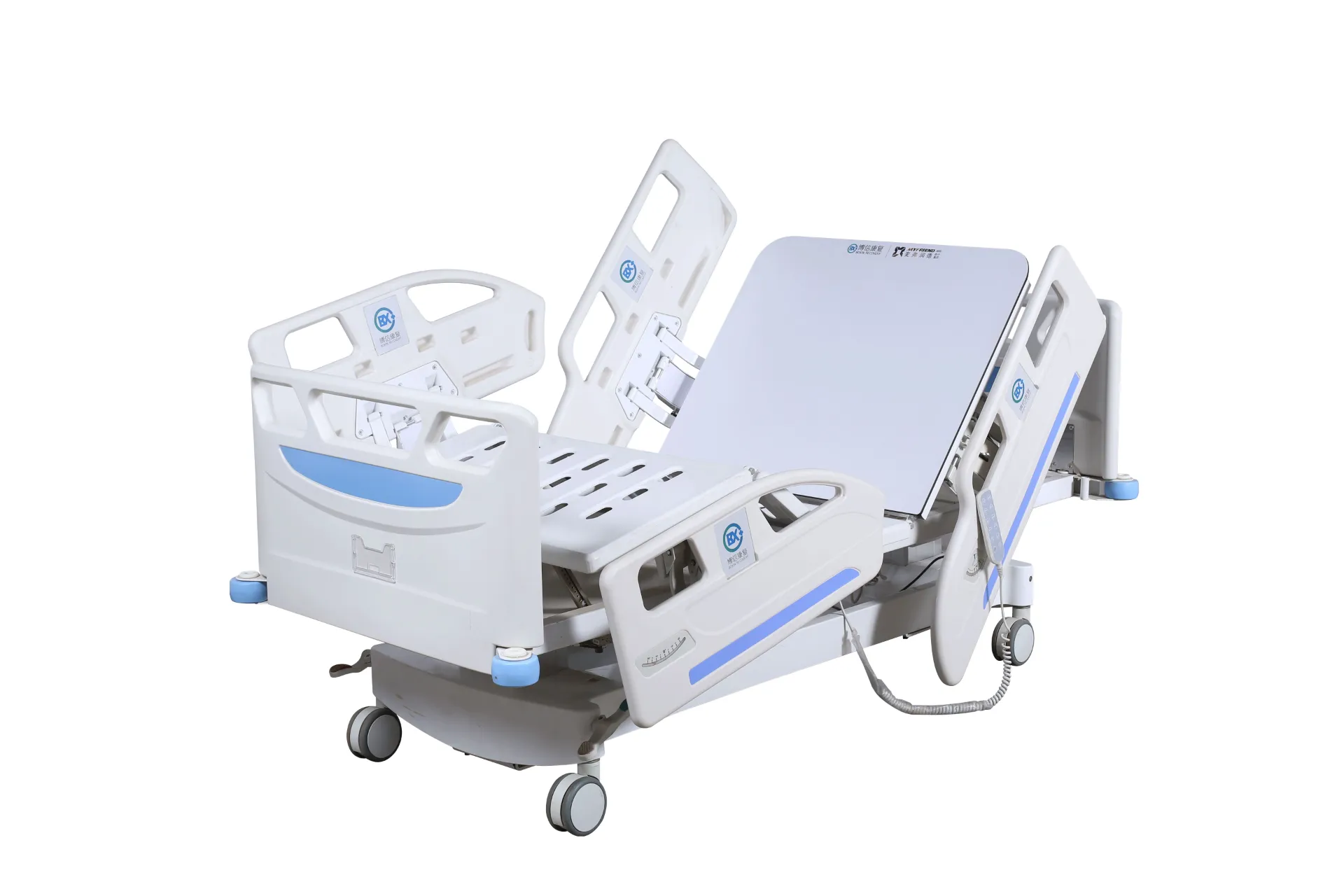Welcome to our websites!
crutch injury
Understanding Crutch Injuries Causes, Prevention, and Treatment
Crutch injuries are a common concern for individuals who rely on these mobility aids during recovery from an injury or surgery. While crutches provide essential support, improper use can lead to various injuries, particularly in the arms, hands, and shoulders. This article aims to explore the causes of crutch injuries, preventive measures, and strategies for effective recovery.
Causes of Crutch Injuries
Crutch injuries often stem from improper usage, a lack of familiarity with the device, or inadequate physical conditioning. Common injuries include muscle strains, tendonitis, and even nerve injuries. When crutches are incorrectly sized, users may overcompensate by placing undue stress on their upper body. This frequently leads to pain or injury in the wrists, elbows, and shoulders.
Additionally, users may experience discomfort due to extended periods of reliance on crutches. The repetitive motion of using crutches, especially when navigating uneven terrain, can cause overuse injuries. Furthermore, if one uses crutches without building sufficient upper body strength, they are more susceptible to injuries.
Prevention of Crutch Injuries
Prevention is key when it comes to avoiding crutch-related injuries. The first step is to ensure that crutches are properly fitted. The top of the crutch should be positioned about one to two inches below the armpit when standing straight, with the handgrips at wrist height. This proper alignment helps maintain balance and distribute weight evenly, reducing strain on specific body parts.
crutch injury

Another essential preventative measure is to practice proper crutch technique. Users should learn to bear weight on the hands rather than the armpits, which can cause nerve compression if done excessively. Engaging the core muscles while using crutches can also provide better stability and support.
Additionally, it’s crucial to integrate exercises that enhance upper body strength and endurance into a recovery plan. Strengthening the muscles of the arms, shoulders, and back can significantly reduce the risk of strain and injury. Stretching and flexibility exercises are equally important to maintain a range of motion and prevent stiffness.
Treatment of Crutch Injuries
In the event of a crutch injury, immediate attention is necessary. Resting the affected area is vital, along with the application of ice to reduce swelling. Over-the-counter anti-inflammatory medications can help alleviate pain and discomfort.
If the pain persists or worsens, it is advisable to consult a healthcare professional. They may recommend physical therapy to strengthen the affected area and restore function. Therapists can provide valuable guidance on the safe use of crutches and suggest alternative mobility aids if needed.
Conclusion
While crutches are indispensable tools for recovery, understanding the potential risks and taking preventive measures can help avoid injuries. By ensuring proper fit, practicing effective techniques, and maintaining physical conditioning, users can navigate their healing process more safely. In the event of an injury, prompt treatment and rehabilitation are essential for a complete recovery. Empowering individuals with this knowledge can lead to a more positive experience during their rehabilitation journey and ultimately enhance their overall well-being.
-
Transforming Healthcare with Hospital FurnitureNewsJun.24,2025
-
Rehabilitation EquipmentNewsJun.24,2025
-
Mobility and Independence with WheelchairsNewsJun.24,2025
-
Freedom of Mobility with Our Rollator WalkersNewsJun.24,2025
-
Comfort and Independence with Commode ChairsNewsJun.24,2025
-
Bathing Safety and Independence with Shower ChairsNewsJun.24,2025
-
Navigating the Wholesale Landscape of Electric Mobility Solutions: Key Considerations for Power Wheelchair DealersNewsJun.10,2025











